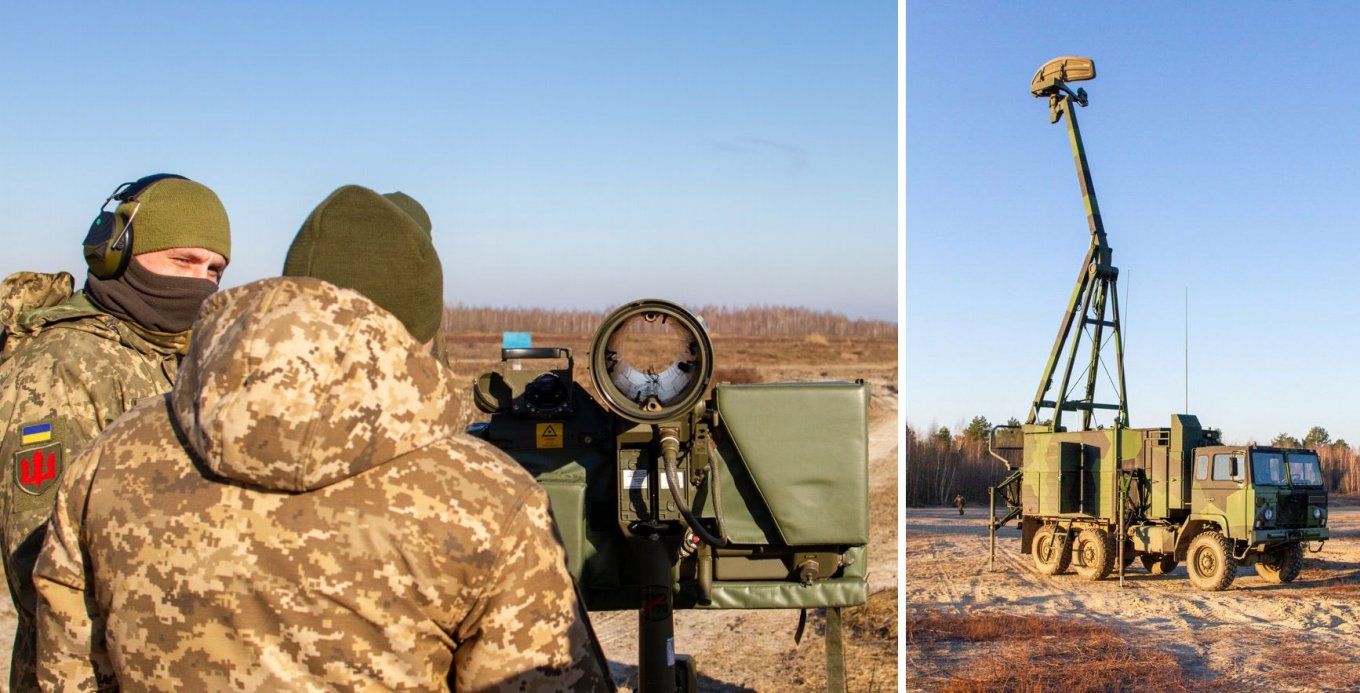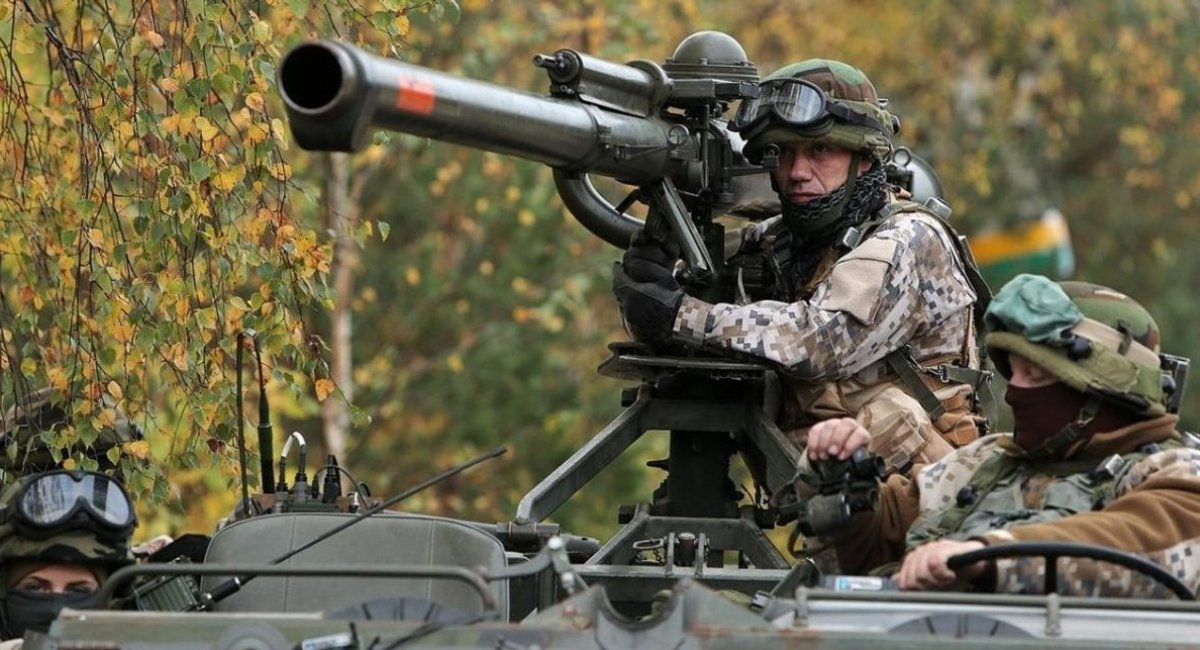Some samples of specifically Swedish weapons are already well known and have proven themselves extremely positively from the first days of the full-scale invasion: these are AT-4 grenade launchers and NLAW, of course. But the strengthening of Ukraine’s military with Swedish weapons continues and now we are talking about a whole range of missile systems and other weapons.
In particular, the Swedish RBS 70 is actively used in the Armed Forces of Ukraine. At the same time, the capabilities of the RBS 70 are even wider than the usual ATGM, as its modern version of the RBS 70 NG allows the destruction of targets at a range of up to 9 km.
Read more: Russian 2S25 Sprut 125mm Self-Propelled Anti-Tank Gun to Go Into Production
A feature of the RBS 70 is the laser track guidance, which is less commonly used than thermal homing heads, which are used against thermal traps.
Moreover, this system was delivered to the Armed Forces together with the PS-70 radar, which allows to detect targets at a range of up to 40 km. At the same time, the most likely model of the MANPADS itself is Mk 2, which has a firing range of up to 7 km and a height of damage of up to 4 km, exceeding the capabilities of the Strela-10.

Despite the seemingly similar name, the RBS 56 is ATGM that is also used by the AFU. This anti-tank missile system has classic wire control, and laser diodes are used as tracers to counteract the interference of the Shtora.

At the same time, the main difference of RBS 56 is the defeat method, when the missile flies over the target, and its warhead is oriented not along the horizontal axis, but at an angle of 30 degrees.
This allows to hit enemy equipment in the most unprotected area of the upper hemisphere. A non-contact detonator that reacts to metal objects is responsible for activating the warhead, although the usual contact detonator is also left in case of direct damage to the target.
One more RBS, and in fact it is simply an abbreviation of Robotsystem ("missile system", since in Swedish "robot" means both "robot" and "missile") is the RBS 17, which is one of the few samples when the Swedes took something already existing and adapted it to their needs.

More precisely, they took the well-known AGM-114C Hellfire anti-tank aircraft missile and turned it into a light anti-ship one. Given the need to defend numerous islands in the Baltic Sea, it is an excellent tool for destroying enemy landing craft at a range of up to 8 km.
But in the Armed Forces of Ukraine, it is actively used to destroy enemy armored vehicles and other objects, and thanks to semi-active laser guidance, it is possible to use it as an NLOS missile when firing at a target outside the line of sight.
But one task is not to get confused in RBS, which are completely different in purpose, is a means of remote demining. In fact, it is a "pocket" UR-77 or M58 MICLIC.
It is created according to a similar concept, when a missile pulls a cable with explosives, its detonation leads to the creation of a passage in minefields or engineering barriers, but it is carried by a unit of two people.
Next comes the Pansarvärnspjäs 1110. This is a recoilless 90-mm gun, which is designed to destroy enemy armored vehicles. In fact, we are talking about the Swedish version of SPG-9. At the same time, the maximum armor penetration of the standard grenade Slpsgr m/84 (Spårljuspansarspränggranat m/84) is 800 mm. And such Swedish weapons were also seen in the Armed Forces of Ukraine.
Defense Express notes that in the Swedish army this weapon has an abbreviation Pv-1110. But it’s not known whether Sweden provided Ukraine with the Personlastterrängbil 1111.

Also, Defense Express reminds that Ukraine is receiving not only these weapons of Swedish production, but also much more powerful means. In particular, the CV9040, which in Sweden are called Stridsfordon 90, as well as Leopard 2A5 tanks (domestic name Stridsvagn 122) and Archer SPGs.
Read more: Russians Transfers T-54 And T-55 to Ukraine: the Tanks Spotted In the South














